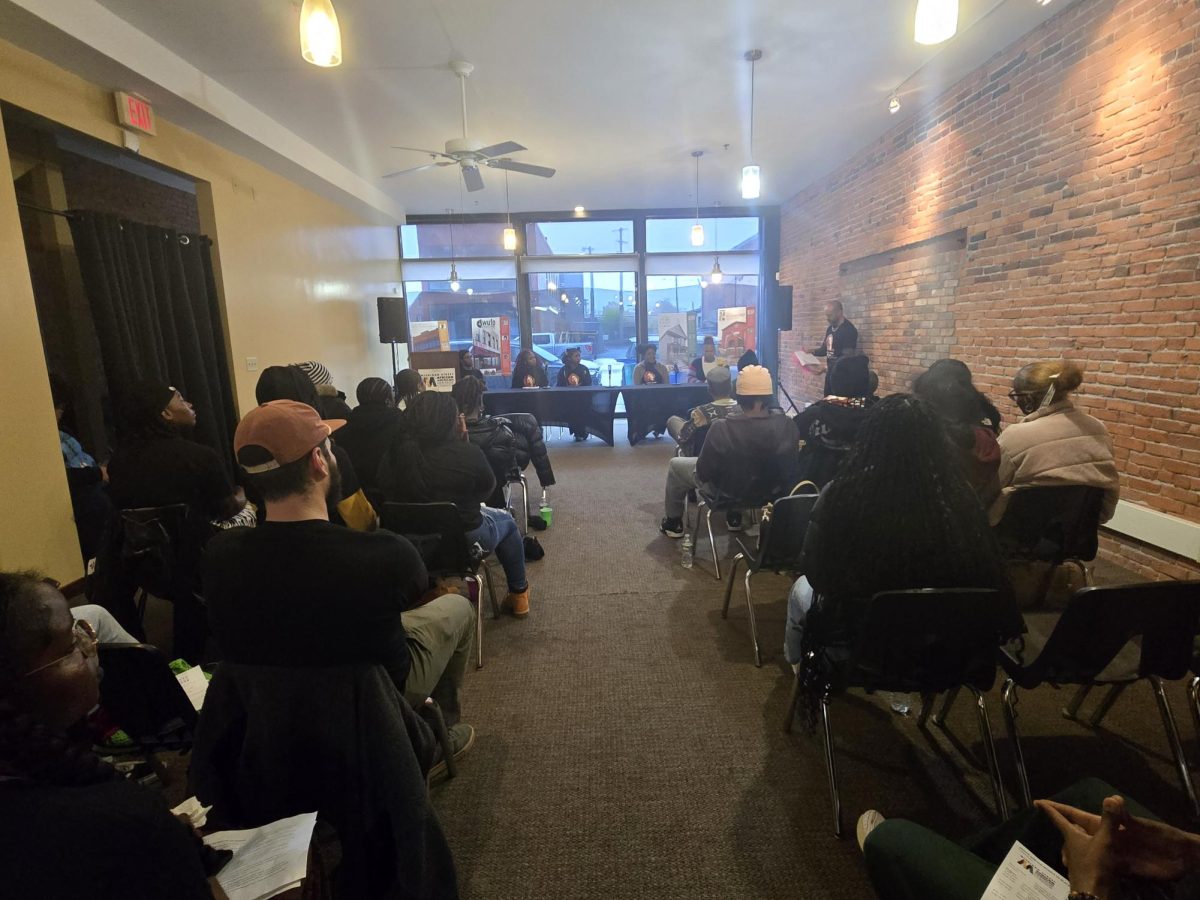Homeless Teens
October 1, 2014
According to the Annual Homeless Assessment Report to Congress, in January of last year there were more 600,000 homeless people in America. Most (65 percent) were living in emergency shelters or transitional housing programs. The other 35 percent were living in unsheltered locations. The study showed that about 138,000 of all homeless people were children, under the age of 18. Ten percent were between the ages of 18 and 24.
Homelessness among young people is a serious issue. Homeless teens are at higher risk for physical abuse, sexual exploitation, mental health disabilities, substance abuse and death. According to the National Conference of State Legislatures, it is estimated that 5,000 homeless teenagers die each year as a result of assault, illness or suicide.
We hear about homeless teenagers and we see them as we walk the streets, but is there any action being done to put an end to homeless youth?
At the VMAs Miley Cyrus allowed Jesse, a homeless youth living in the U.S. to accept her Video of the Year award in efforts to bring awareness to youth homelessness.
“I’ve survived in shelters all over the city,” Jesse said. “I’ve been an extra in your movies, I’ve been an extra in your life … Outside these doors are 54,000 human beings that have no place to call home.”
Although the speech was very moving and brought a few to tears it seems as though homeless youth faded in the background as other hot topics surfaced.
It only took a few weeks after the VMAs for the media to stop talking about the issue. I understand that there are other things going on in the world that also need attention, however it seems like the number of homeless youth has not decreased dramatically so the issue needs to continue to shine in the light of the media.
The two major cities that have the biggest population of homeless people are Los Angeles and New York. Los Angeles and New York alone account for almost one in five homeless individuals in the United States. While the number of homeless individuals declined by 7 percent in smaller cities, counties and regions, the number of homeless individuals in major cities have increased by 5 percent.
We need to tackle the issue in these two cities before we can take on the issue on a wider scale. According to the Runaway and Homeless Youth Act, youth become homeless for a variety of reasons, but the most common causes are severe family conflict, including physical violence, sexual abuse, chronic neglect or abandonment. Youth homelessness is a reflection of the public systems of care.
Public systems of care such as child welfare, juvenile justice, and child mental health systems are failing our teens. The RHYA reported that in 2013 nearly 30,000 youth emancipated from foster care, and approximately 100,000 youth leave the juvenile justice system each year with little or no financial or housing resources.
The Annual Homeless Assessment Report to Congress set out a goal to prevent and end homelessness for families, youth, and children by 2020 but this cannot be done without first starting at the root of the problem, which is at home, as well as public systems of care. We need to focus more on teens in foster care and make sure they are being handled with care and not negligence. We need to make certain that the youth that leave these juvenile systems have some financial support. How can you release a teenager to the same streets that put them in the system in the first place? That’s asking for history to repeat itself, is it not?
As citizens of the United States, and as Buffalo State students, we need to get more involved in raising awareness and being a part of the change, because at any given moment we can become homeless.
Homeless youth are people just like you and I, and should have the same opportunities at finding their inner strengths, talents and potential, regardless of their past experiences.


